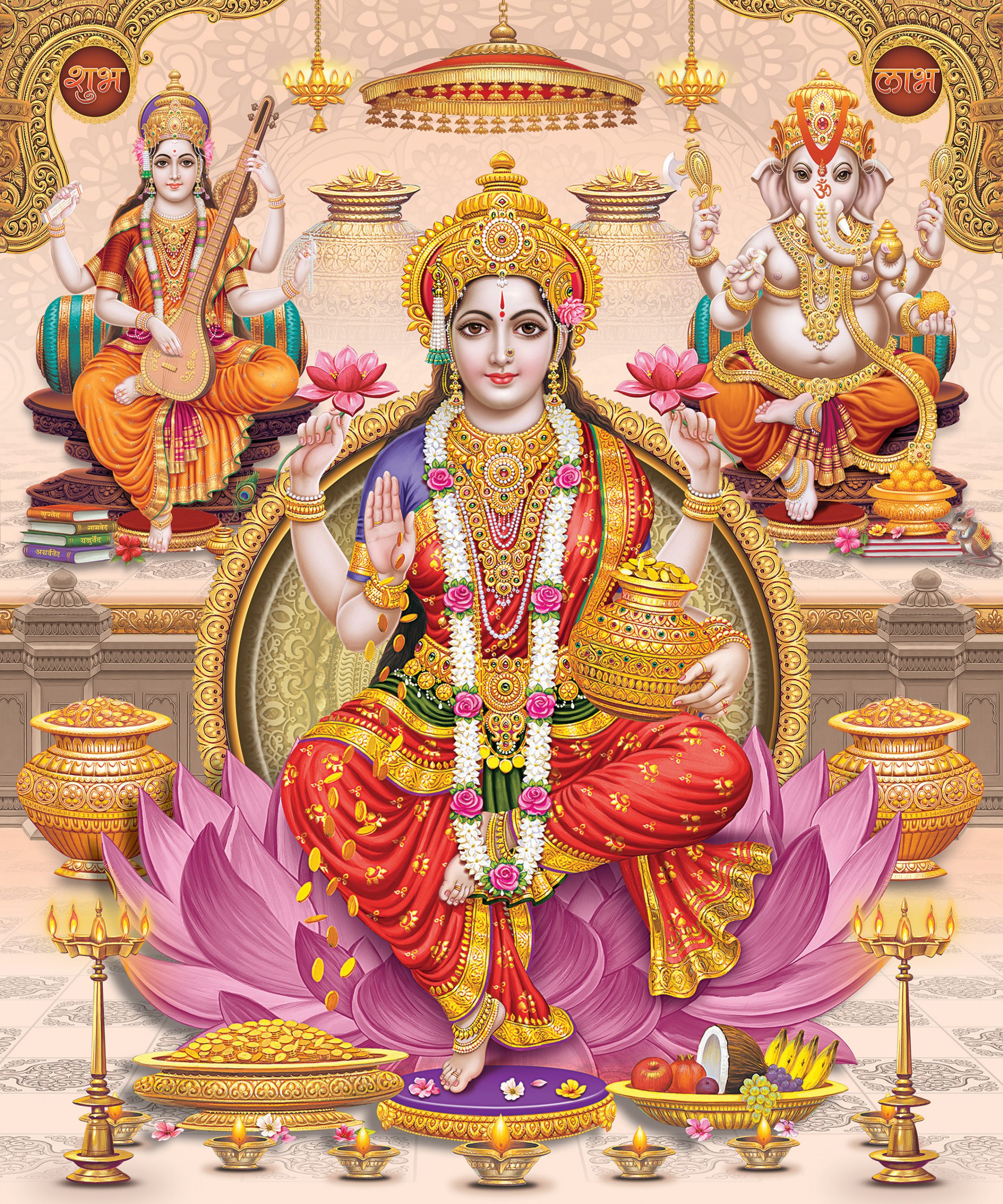In Hinduism, there are many gods and goddesses who are revered and worshipped. Some of these deities are male, while others are female. Hinduism does not consider one gender to be superior to the other, and both male and female deities are considered to be equally powerful and important.
Some of the female deities in Hinduism include:
- Devi: Also known as the “Great Goddess,” Devi is considered to be the supreme female deity in Hinduism. She is associated with the natural world and is often depicted as the embodiment of fertility, love, and motherhood.
- Parvati: Parvati is the consort of Shiva and the mother of Ganesha. She is also associated with fertility, love, and devotion.
- Lakshmi: Lakshmi is the goddess of wealth, prosperity, and good fortune. She is often depicted as a beautiful woman holding a lotus flower and is associated with abundance and material well-being.
- Durga: Durga is a warrior goddess who is often depicted riding a lion or a tiger. She is associated with strength and protection, and is revered as a guardian of the Hindu faith.
Overall, Hinduism includes many gods and goddesses, both male and female, who are revered and worshipped for their various qualities and attributes.
In Hinduism, the architecture of temples and other religious structures often reflects the beliefs and practices of the religion. Hindu temples are usually built in the shape of a pyramid, with a central shrine or altar that is dedicated to a particular deity or deities. The central shrine is often surrounded by smaller shrines or altars that are dedicated to other deities or important figures in Hindu mythology.
Hindu temples are often adorned with intricate carvings, sculptures, and paintings that depict deities, mythological scenes, and other religious symbols. These decorative elements are intended to help devotees connect with the deities and to create a sacred and spiritual atmosphere.
In addition to the central shrine and altars, Hindu temples often include other features such as a courtyard, a mandapam (a covered hall for performing rituals), and a water tank or pond for ritual purification.
Overall, the architecture of Hindu temples is an important aspect of the religion and reflects the beliefs and practices of Hinduism. The temples serve as a place for devotees to connect with the deities and to engage in religious practices and rituals.




